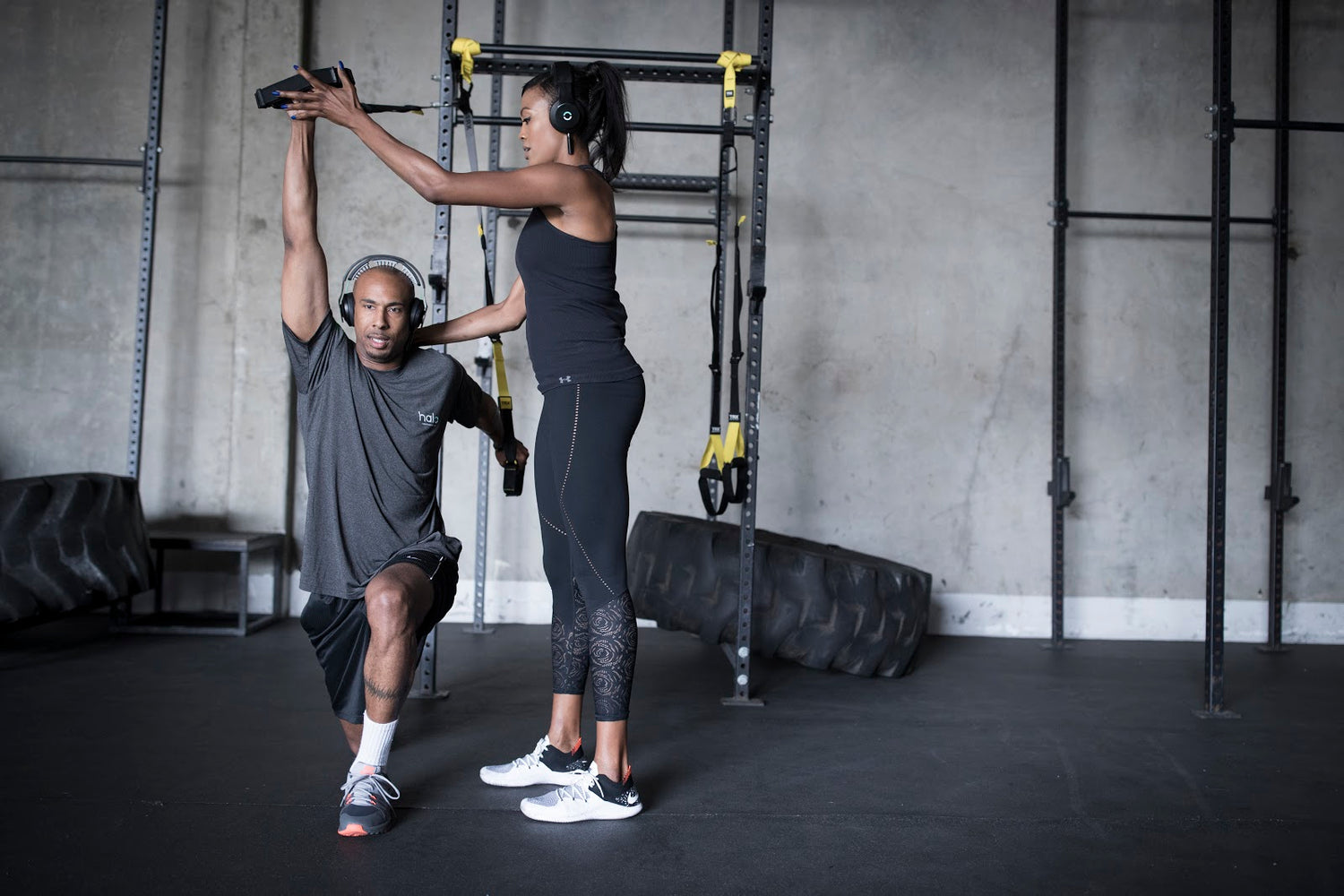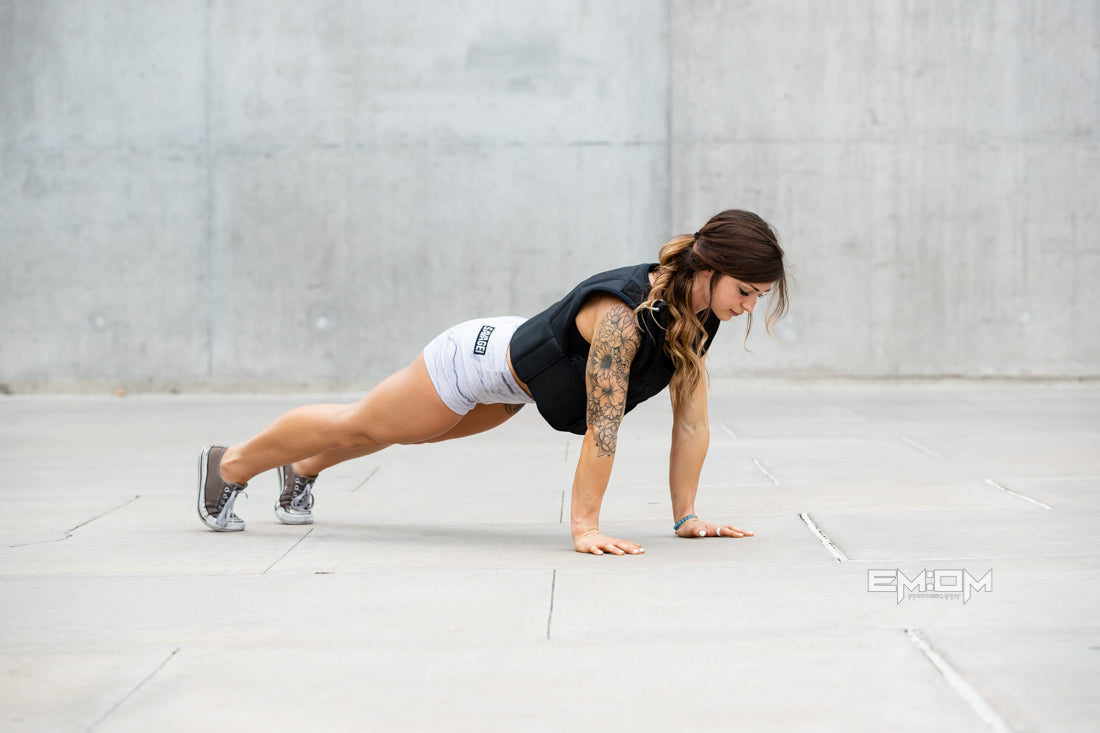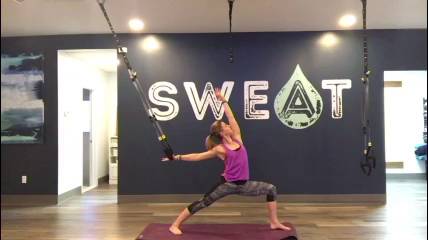Life as an athlete can be, as Dickens wrote, the best of times and the worst of times. Continuously improving performance means continuously challenging the body. One day, an athlete could be standing on top of a podium, and the next, they could be rehabbing an injury. But whether they’re at the top of their game or staging a comeback, athletes at every level turn to the TRX Suspension Trainer because TRX workouts are so easy to modify. Today, we’re looking at the reasons why two world class professional athletes love the Suspension Trainer to see anybody, anywhere, through any stage of their fitness journey.
Kim Glass — Olympic Medalist and Personal Trainer
Everything was going great for professional volleyball player Kim Glass… until it wasn’t. Glass, who won a silver medal with the U.S. Indoor Volleyball team at the 2008 Olympics, was playing professionally when she started experiencing back pain. She ignored the pain and powered through, as athletes are known to do. But the day finally came when she couldn’t ignore it any longer. Glass collapsed before a Team USA practice. The culprit? Disc herniation and sciatica.
“Being in a position where you can’t laugh hard, sneeze or cough, get yourself to rise out of the bed the way you’ve done over and over again throughout your life… not being able to bend over and put on your own socks, pants or shoes; it puts everything in perspective,” Glass said. “You start to realize the integral role your spine plays in your life, and how much you take for granted.”
Currently a personal trainer and model, Glass uses the TRX Suspension Trainer in her own workouts and recommends it to clients as well. “Many of my clients travel for work, and I suggest taking the Suspension Trainer on the road… It’s perfect to get a full body workout in, and easy to travel with and you can literally use it anywhere.”
As for her go-to moves? Glass loves the Suspension Trainer for Single-Leg Squats, Rows, Mountain Climbers and Y-Flies.
Kari Pearce - Fittest American Woman, Elite CrossFit Athlete
Even the three-time Fittest American Woman Kari Pearce suffers injuries from time to time. Pearce started gymnastics at age 3, and had her share of wrist and back problems over the years, but it was a partial Achilles tear during the 2016 CrossFit Games that proved the most challenging. “It was one of those nagging injuries,” she said. “I didn’t actually let it heal completely before I tried to compete again. It was a rollercoaster of getting better, and then I would compete so it would get worse.”
As an athlete competing with the fittest people on Earth, it was difficult for Pearce to overcome the feeling that she should be training because her peers were. “They might be injured as well, but in your mind those people are running, those people are doing double unders, and you’re not doing any of those things.” Nonetheless, Pearce recognizes that injuries need time to heal. “If not, you just keep going in the circle of being injured and starting to get well, but never letting yourself completely heal.”
Staying in top form is an ongoing process for Pearce, so she makes time for warmup exercises before she digs into her CrossFit training. While most people associate CrossFit with heavy weights and medicine balls, resistance also plays a role in the sport. Pearce uses her TRX Suspension Trainer for muscle activation, recovery, and strength workouts. “Probably 70 percent of the time, I carry it with me around New York City. When I have a little break, I go to Central Park and hook it up on the pull-up bars,” she said.
No matter where you are in the fitness cycle—amateur, elite, or staging a comeback—the TRX Suspension Trainer is designed to help you reach your goals because it’s one of the few pieces of exercise equipment that can evolve with you. In sickness and in health, athletes of every caliber know that TRX is made for anybody, anywhere.



